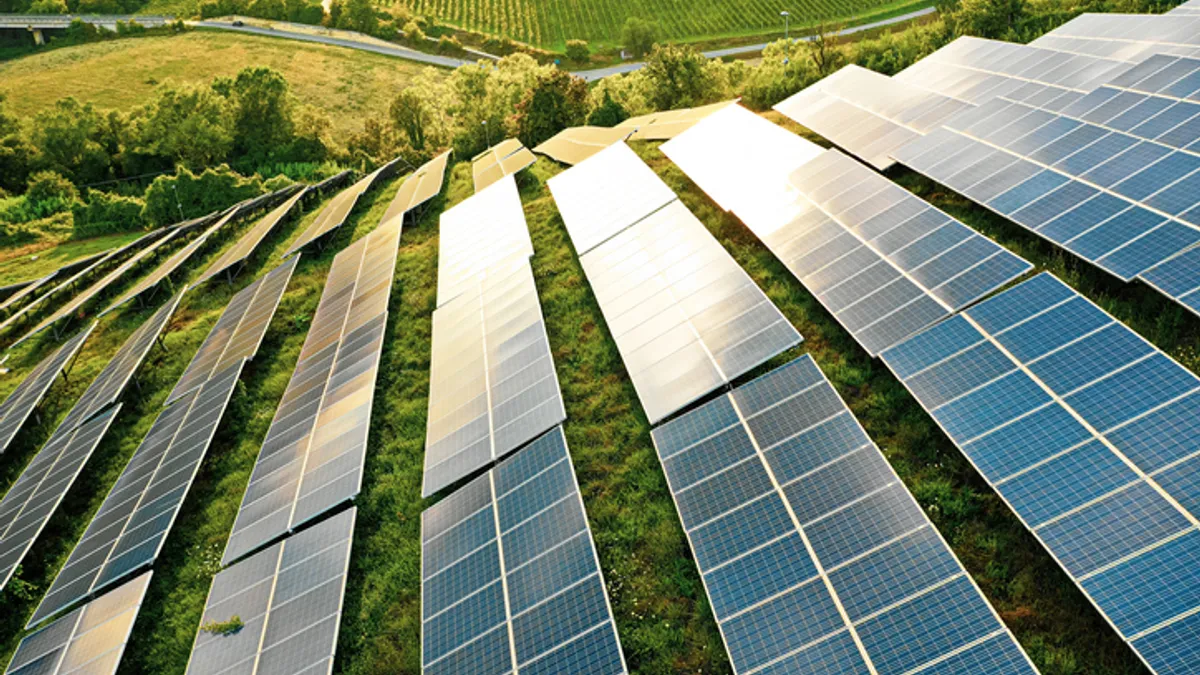Dive Brief:
-
The number of early-stage renewable energy projects entering queues around the country exceeds the availability of labor and capital needed to build them, Brent Nelson, managing director of markets and strategy at market intelligence firm Ascend Analytics, said during a Thursday webinar.
-
Despite the large number of new renewable energy projects, prices for power purchase agreements (PPAs) continue to rise, said Anthony Boukarim, senior manager of resource planning and valuation for Ascend Analytics.
-
Renewable energy projects that lack interconnection and permit approvals are seen as high-risk, low value investments and financiers are turning down the majority of these projects, Nelson said.
Dive Insight:
In theory, the recent surge in renewable energy projects should help drive costs lower for would-be buyers of renewable energy. But the reality is not so simple — at least for the time being, according to Ascend Analytics.
The majority of the the renewable energy projects currently in development pipelines around the country will never be built, Nelson said. There are simply too many projects chasing limited materials, capital and labor — not to mention that the majority of these projects have yet to receive interconnection and permit approvals.
Whether a developer has such approvals in hand has become a key distinction in the renewable energy market, Nelson said. Projects without a clear path to interconnection in particular are seen as high-risk, low value assets; the potential value of that same project increases by some 60% once developers have their notice to proceed in hand.
This has created a split in the renewable energy market. On the one hand, Nelson said, he has heard from financiers that they are turning down the majority of the project proposals that come through their doors. On the other, the average price paid for PPAs continues to rise as corporate and other buyers of renewable energy vie for the handful of projects that do successfully navigate the interconnection and permitting process.
But Ascend Analytics does not expect the current trend to last, Boukarim said. In the short-term, he said, PPA prices should begin to normalize and then gradually decline as ongoing advances in technology and management bring down the pandemic-era price spikes driven by inflation and supply chain shocks. By the late 2030s, he said, prices are projected to rise again as the Inflation Reduction Act tax credits begin to expire.
Boukarim also noted that a growing number of energy buyers are changing the way they evaluate PPAs in search of contracts that meet specific needs within their company's emissions portfolio. And the PPA that most closely matches those needs is not always the cheapest, he said.
“Corporates really want to find what is the best project for them in terms of carbon abatement cost,” Boukarim said.














